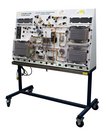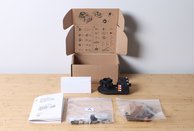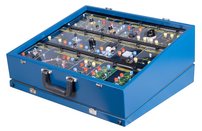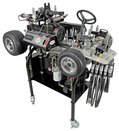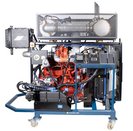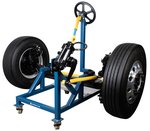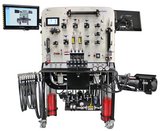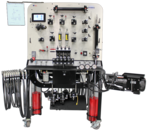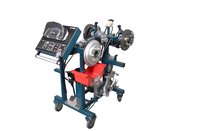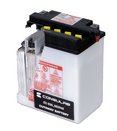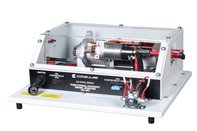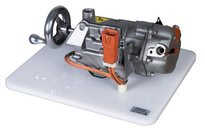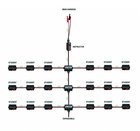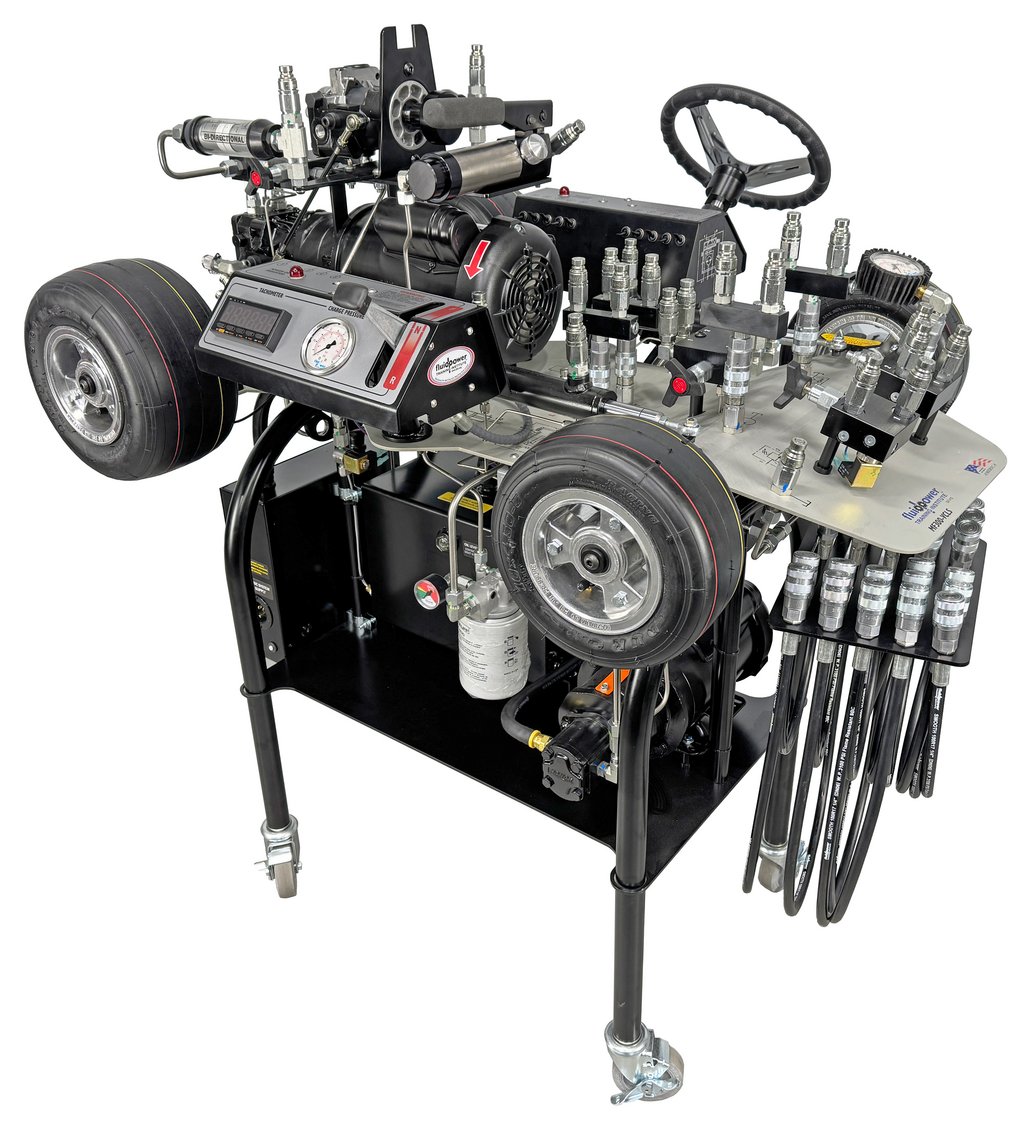Technical Details
| Specification | |
|---|---|
| Product code | FP-MF300-VCLS |
Educational Advantages (Hydraulic Steering System) | How a priority flow divider functions (bypass-type, pressure-compensated flow control) How a steering orbitrol valve functions How a steering system’s main pressure relief valve functions How to set the steering system’s main pressure relief valve How a dual cross-port relief valve functions How to set dual cross port relief valves How steering cylinders function How to interpret symbols for the components in a typical hydraulic steering system How to read the schematic for a typical hydraulic steering system How to properly construct a typical steering system and make all the necessary pressure settings How a steering pump with integral pressure relief and priority flow control functions How dual, single-rod, double-acting steering cylinders function Safety features include: safety pressure relief valve; breakaway rear wheels; breakway steering |
|---|---|
Educational Advantages (Hydrostatic Transmission System) | Understand advantages and disadvantages of hydrostatic drives Learn typical applications for hydrostatic drives – industrial and mobile How to interpret the hydraulic symbols for components in a typical hydrostatic transmission How to read the hydraulic schematic for a typical hydrostatic transmission Learn safety practices for operating, servicing, repairing, maintaining and troubleshooting hydrostatic transmissions How a variable displacement, over-center pump works Understand how work pump displacement controllers – manual, manual over hydraulic, and electronic over hydraulic Learn proper external drain pump and motor pre-start-up and post start-up procedures Learn the function and purpose of a charge pump Learn the function and purpose of a charge pressure relief valve How to properly set a charge pressure relief valve Learn the function and purpose of the dual charge check valves How to operate a typical hydrostatic transmission for: system start-up, charge circuit – neutral, charge circuit - forward and reverse, forward operation, reverse operation, low pressure loop operation, dynamic braking, case drain circuit, cooling and filtering circuit, high-pressure relief valve operation. Learn proper and safe towing procedures for vehicles equipped with hydrostatic wheel drive systems. Understand the advantages and disadvantages of dual, parallel motors. Understand the advantages and disadvantages of dual, series motors. How the “dynamic braking” in a hydrostatic drive functions. How to construct a dual-parallel drive circuit. How to construct a dual-series drive circuit. Learn common pitfalls which lead to start-up failures on hydrostatic transmissions. Learn common pitfalls which lead to premature failure of hydrostatic transmissions |
List of Components Included (Hydraulic Steering System) | Self-contained, fixed-displacement pump with 1HP, single-phase motor Orbitrol steering valve – open-center Control console with steering wheel Main Pressure relief valve Priority flow divider Dual, single-rod, double-acting steering cylinders Dual, cross-port relief valves with mono-block body Safety relief valve 0-1000 PSI (0-69 bar) pressure gauge Digital temperature gauge *Spin on/off filter with by-pass indicator *Transparent reservoir with isolator mountings All-steel frame with powder-coat finish Four (4) wheel casters with brakes |
List of Components Included (Hydrostatic Transmission System) | 1.5 HP electric motor: 115V single-phase, C-frame, 1750 RPM Variable-displacement, over-center, axial-piston pump with manual operator Cut-away of identical pump, which operates in tandem with the drive pump (allows students to study how an over-center pump works while it is operating) Dual, fixed-displacement, bi-directional, gerotor-type hydraulic motors Control console with manual pump displacement control lever Panel-mounted 0-100 PSI (0-6.9 bar) charge pressure gauge Dual, in-line, bi-directional flow meters *Spin on/off filter with by-pass indicator *Digital temperature gauge *Transparent reservoir with isolator mountings Rear wheels are designed to move independently of axles to prevent safety hazards. |
Troubleshooting package available FP-MF300-VCLS-TS | Hydrostatic transmission - switches automatically introduce wear-related faults into pump Steering - switches automatically introduce wear-related faults into steering pump, main pressure relief valve, crossport relief valve, orbitrol valve, and steering cylinders Pressure/leak test pump mounted on simulator |
* Common to both systems
